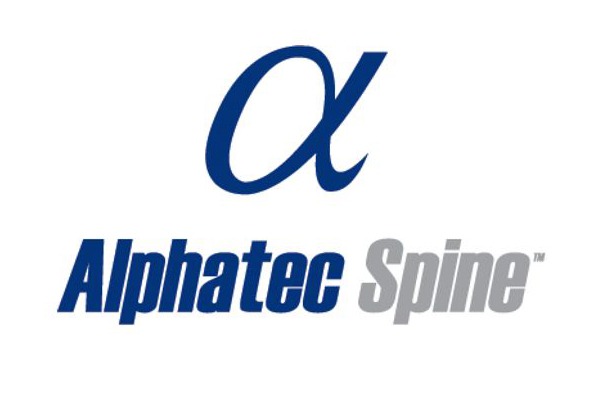 Alphatec Spine has launched its new Arsenal deformity adolescent idiopathic scoliosis (AIS) system and has successfully completed initial patient cases.
Alphatec Spine has launched its new Arsenal deformity adolescent idiopathic scoliosis (AIS) system and has successfully completed initial patient cases.
The Arsenal AIS system is intended to give surgeons a complete solution to address complex deformity pathologies, including uniplanar screws, designed to enable easier screw positioning and rod placement through a tulip with 360 degrees of rotation, while restricting motion in the medial/lateral plane for derotation correction. According to a press release, the AIS system also includes a wide variety of low-profile implants providing a better anatomical fit and increased ability to address patient pathologies, ergonomically designed instrumentation to improve surgical efficiency and comfort during complex surgeries, and proven biomechanical strength necessary to achieve a solid fusion.
Sheldon St Clair, a paediatric orthopaedic surgeon, and John Birknes, a paediatric neurosurgeon, co-directors of the Spine Program at the Children’s Hospital of the King’s Daughters in Norfolk, USA, have partnered to treat paediatric spine deformities and performed the first deformity correction using the Arsenal AIS system. The patient was a skeletally immature 13-year-old with a hypokyphotic 49-degree thoracic scoliosis. St Clair and Birknes performed the surgery using the Arsenal uniplanar implants and cobalt-chromium alloy rods on a long construct across nine levels from thoracic vertebrae T3 to T12. Post-surgery, the patient’s thoracic curve was eliminated and appropriate kyphosis restored. The patient’s rib hump is no longer present.
“The entire Arsenal Deformity AIS set is fantastic, but the shining star is the ability to spin the uniplanar bodies independent of the screw shank, which allows surgeons to achieve optimal fixation and placement of the pedicle screws,” says St Clair. “This unique feature enables the tulips to be placed at the perfect height and orientation to accept the rod and correct the deformity. The slotted reduction towers are used both to reduce the rod into the tulips as well as to perform vertebral column manipulation to correct the spine in three planes of deformity. The reduction towers and transverse links are designed to be attached and removed with ease. The Arsenal AIS system provides strong, reliable implants, and two choices of cobalt chrome rods, enabling the surgeon to obtain excellent spinal deformity correction, which improves quality of life for the patient both now and for the future.”













